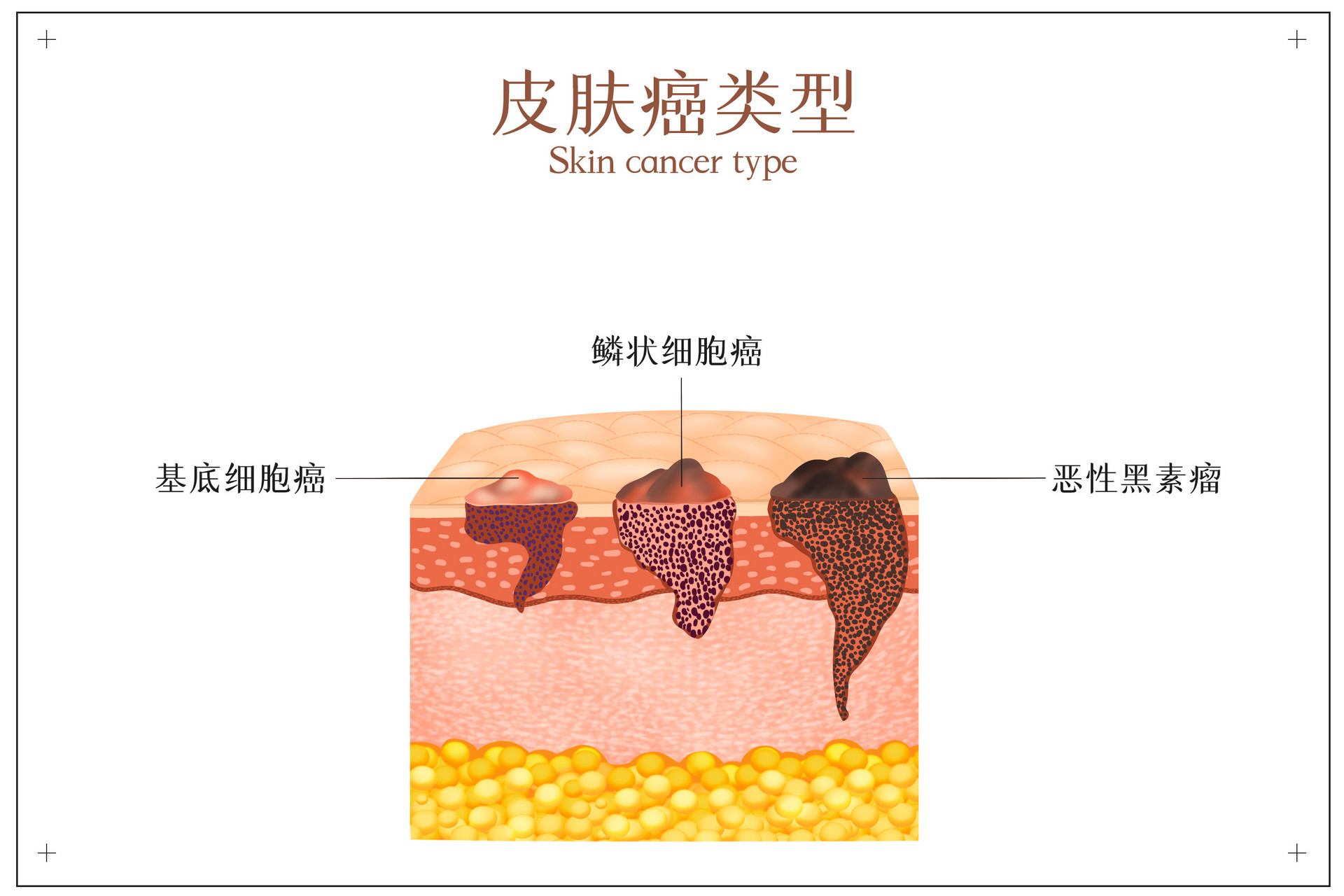Fox doctor | cholera, dysentery, and norvo virus infection can cause diarrhea. What is the difference?
Author:Sohu Health Time:2022.07.13

Produced | Sohu Health
Author | Wu Shinan
Edit | Yuan Yue
Wuhan University's diagnosis of one choice of cholera has continued to pay attention. On the evening of July 12, the 8 house of the Wuhan University Department of Engineering, where the case was located, has been lifted.
As one of the two types of A infectious diseases stipulated in my country's "Prevention and Control of Infectious Diseases", the typical symptoms of cholera are diarrhea. But in addition to cholera, there are gastrointestinal infectious diseases such as bacterial dysentery and virus infection. Is there any difference between their diarrhea? How to do a good job in life?
According to information on the official website of the China Disease Prevention and Control Center, diarrhea caused by these diseases is infected with infectious diarrhea, which can be divided into two categories: inflammatory diarrhea and secretion diarrhea.
Inflammatory diarrhea refers to diarrhea caused by inflammation caused by the inflammation of the disease. It is often accompanied by fever, and the feces are mostly mucus or mucus and blood. The microscope of the feces is more red and white blood cells.
Smart diarrhea refers to diarrhea that causes intestinal epithelial cells or its products to act on intestinal epithelial cells, causing intestinal fluid secretion and/or absorbing disorders. Patients are not accompanied by fever, the traits of the feces are thin or water -like, and the microscope of the feces is not cellular, or there is a little red and white blood cells.
According to clinical manifestations, cholera belongs to secretion diarrhea. Common norvi virus infections and rotary virus enteritis also belong to this category. Bacterial dysentery is inflammatory diarrhea.
However, if you want to distinguish the cholera, virus infections, rotary virus enteritis, and dysentery through diarrhea and bowel movements, it is not accurate. Once diarrhea, vomiting and other gastrointestinal symptoms occur, you should still seek medical treatment in time to clarify the type of disease and treat symptomatic treatment.
In fact, the most important thing in life is to prevent these gastrointestinal infectious diseases. The best way is to "take a good mouth" to prevent the disease from entering from the mouth.
Our daily drinking water and food, if contaminated by the pathogen, then these contaminated water and food enter the intestine through the mouth, these pathogens breed in the intestine and emit toxins, destroy the intestinal mucosa tissue, cause intestinal dysfunction and disorders and intestinal dysfunction and intestinal dysfunction. Damage seriously affects physical health. Once the human body is infected, the patient is excreted from the stool, and the pathogen will pollute others again.
Patients and pathogen carriers are the most important sources of infectious infection. The feces of all intestinal infectious diseases contain a large number of pathogens. After the pathogen is polluted by the patient or carrier, the septic stools are polluted by the patient or carrier, and the mediums of water, food, hands, flies, cockroaches, etc. are infected by mouth.
Therefore, in life, we must pay attention to environmental hygiene (water source, feces), dietary hygiene and personal hygiene; advocate food system; early detection and isolation patients; at the same time, necessary prevention vaccination.
Typical symptoms of cholera, norvi virus infections, rotary virus enteritis and bacterial dysentery combing
cholera
Diarrhea: Most patients with light cases have mild diarrhea; medium and heavy cases have severe diarrhea. They have more than ten or more stools a day. Some patients with severe patients can flow from the anus and cannot count.
Abdominal pain: Light -type cases generally have symptoms such as abdominal pain and severe severe seriousness, and a few have abdominal pain; medium and severe cases have no abdominal pain, and there is no rush to severe. A small number of abdominal pain or abdominal fullness, individual may have paroxysmal colic.
Vomiting: There are very few cases of light cases accompanied by vomiting; medium and heavy cases have nausea, vomiting, vomiting is spray -like, vomiting is food residue at first, and then it is water -like.
Characteristics of stool: Light -type cases are soft stool, thin stool or yellow water -like stool, and individual mucus or bloody; medium and heavy cases of stools are thin stools, and then water -like. For more common, a few are rice -like or meat washing water. There is no pus cells in the stool mirror.
Heating: Light cases are generally no fever; medium and heavy cases generally have no fever, a few can have low fever, and children's fever is more common than adults.
Noro virus infectious diarrhea
Diarrhea: It is a common symptom. Adult patients have diarrhea, and diarrhea within 24 hours.
Abdominal pain: It is a common symptom.
Vomiting: Nausea, vomiting, and children with vomiting in children.
Characteristics of stool: feces are dilute water or water -like stools, without mucus pus and blood, feces test white blood cell negative.
Heating: Mild fever is a common symptom.
Roman virus enteritis
Diarrhea: Usually acute diarrhea caused by other pathogens, but it is difficult to distinguish. Generally appear after fever and nausea and vomiting. In the age of June to 2 years old, infants and young children have severe symptoms. In severe cases, diarrhea can reach ten or even dozens of times a day.
Abdominal pain: When the adult symptoms are mild, it appears as abdominal pain and abdominal distension.
Vomiting: Common symptoms, nausea and vomiting at first.
Characteristics: water -like or yellow -green stool.
Heating: Common, mostly low heat.
Bacterial dysentery
Diarrhea: Typical symptoms, feeling after urgency.
Abdominal pain: The main symptoms, sometimes painful spasm.
Vomiting: nausea, sometimes vomiting.
Characteristics of stool: small amounts of stool, typical cases are caused by mucosal ulcers and invasive bacteria, which causes colonbone abscess, and blood and mucus (dysentery) are formed. Many cases have water -like diarrhea.
Heat: accompanied by fever.
It is necessary to remind everyone that the severity of the above diseases is related to the age and resistance of the patient, the infection, and whether the infection and whether the time and effective treatment measures are taken. The above only listed some typical manifestations, such as gastrointestinal symptoms such as diarrhea, vomiting, and medical treatment in time to clarify the type of disease and symptomatic treatment.
- END -
Experts take you to identify skin metastatic cancer

Ms. Wang, who is over 60 years old, has recently appeared erythema of different si...
Mild fatty liver did not care, in the middle and late stages of liver sclerosis after 4 years!Only 4 steps for fatty liver to liver cancer!

For medical professionals for reading referenceScientific control, don't be lucky!...